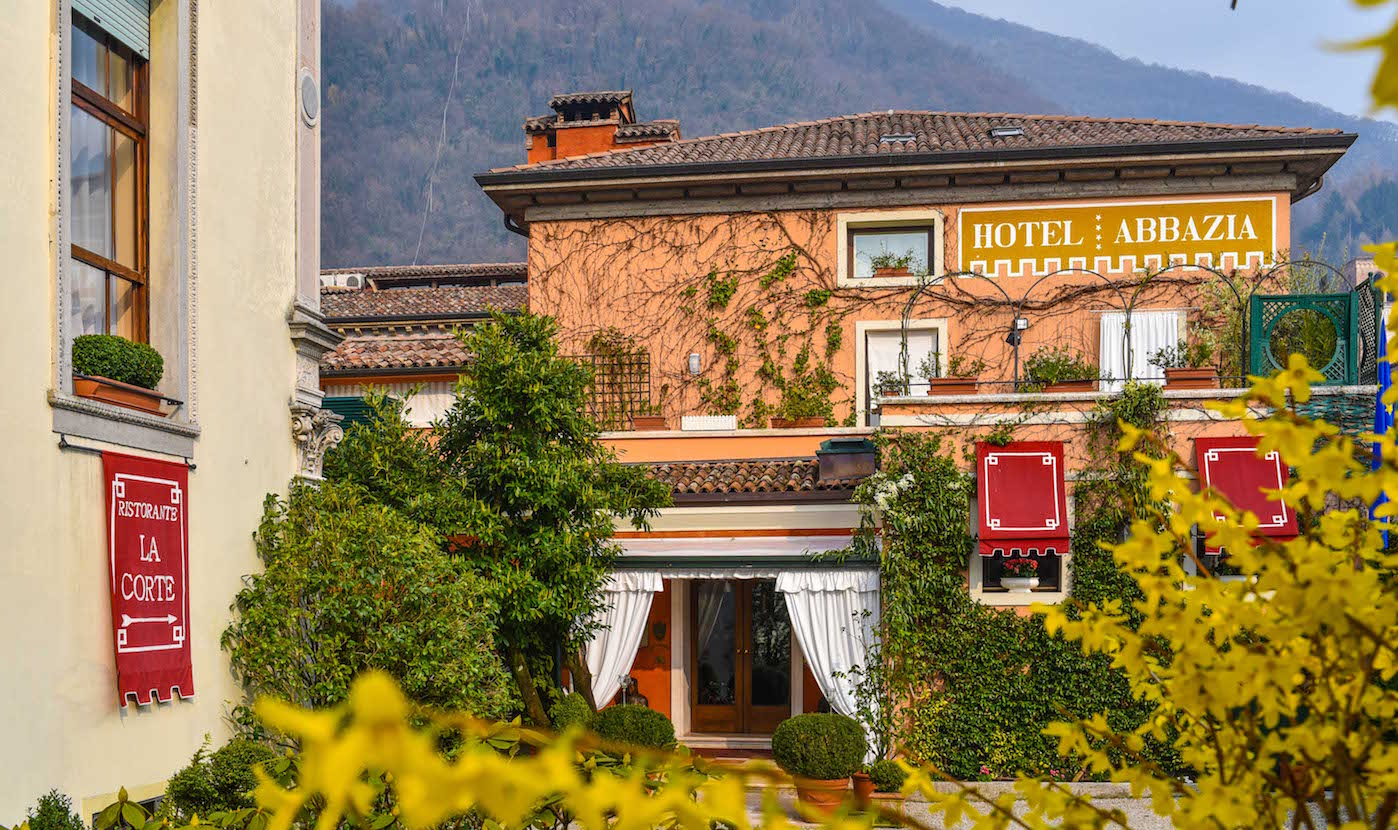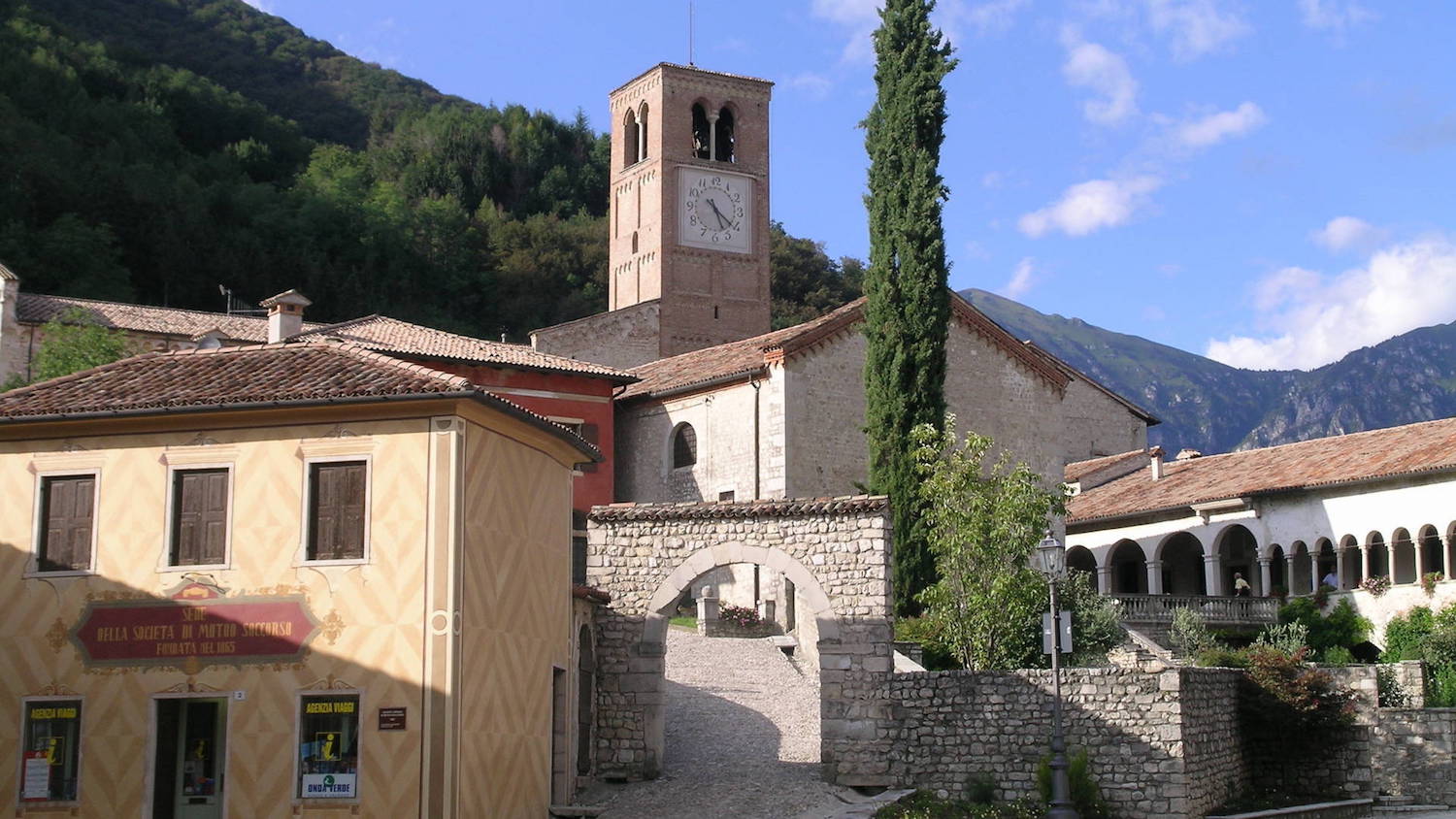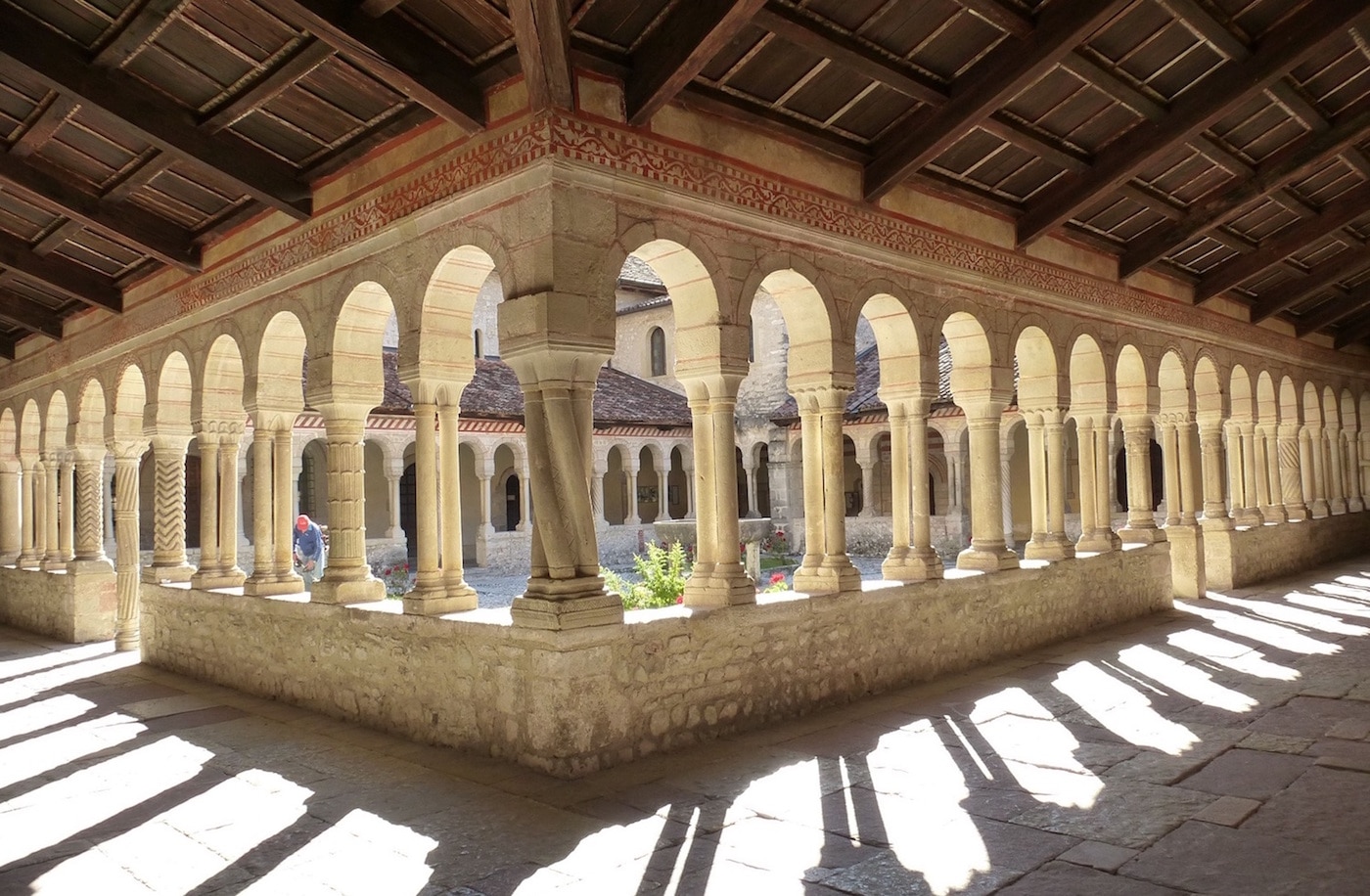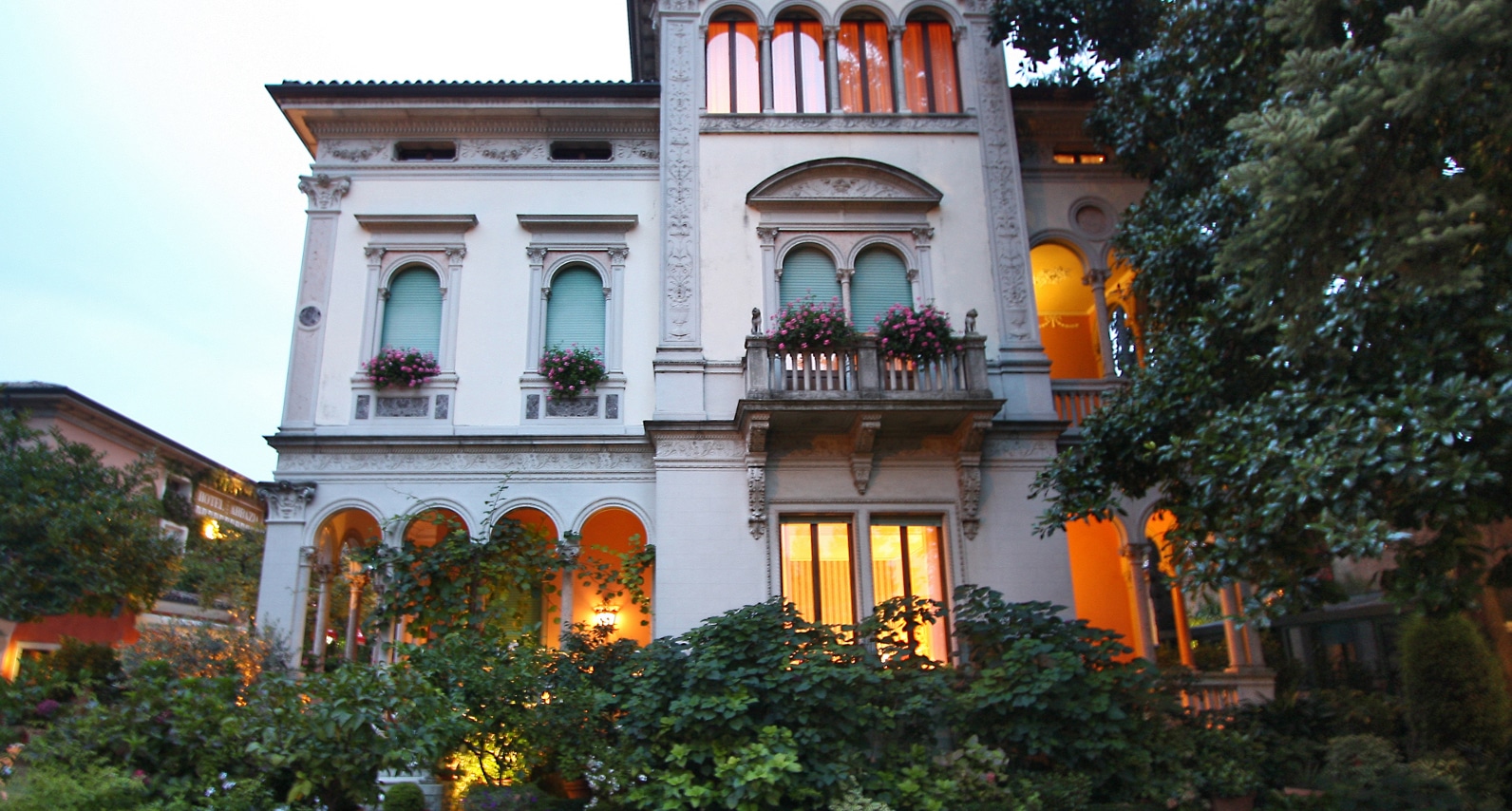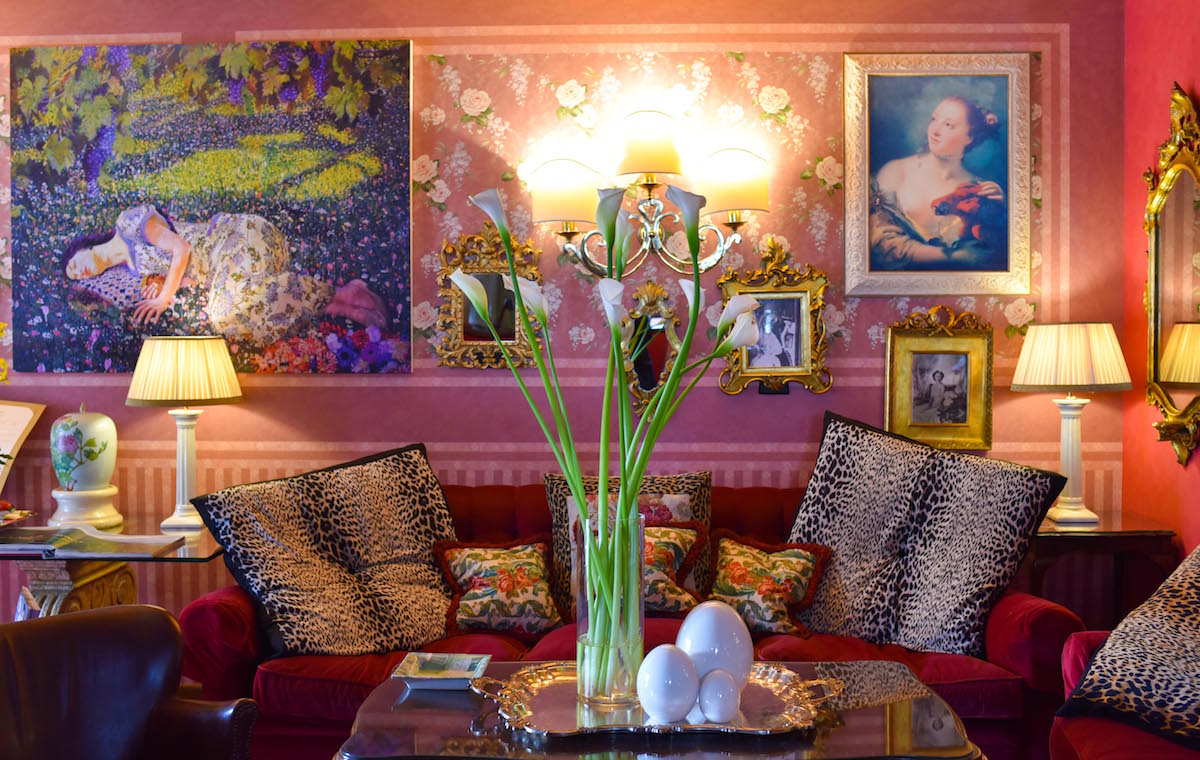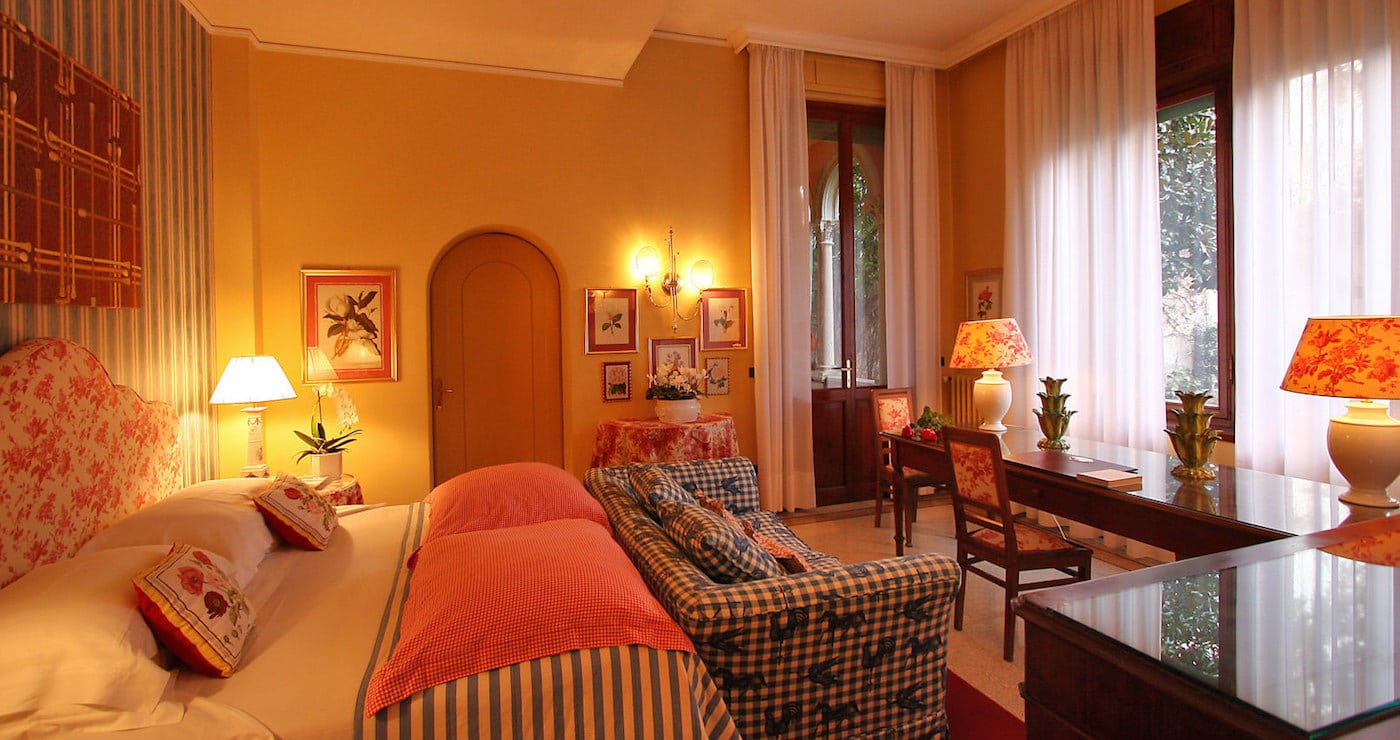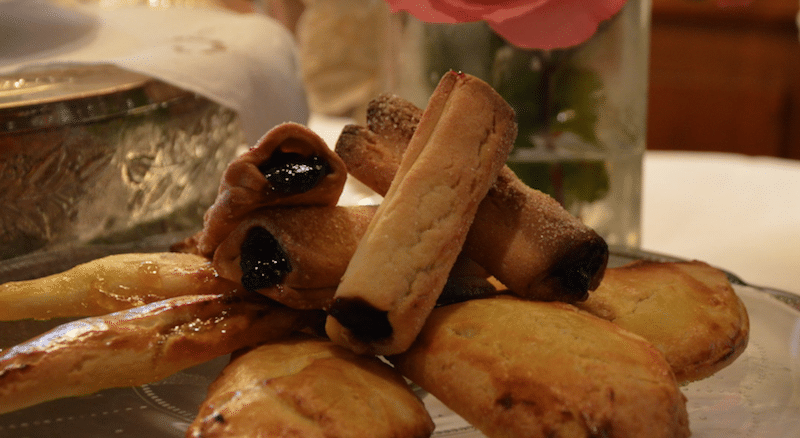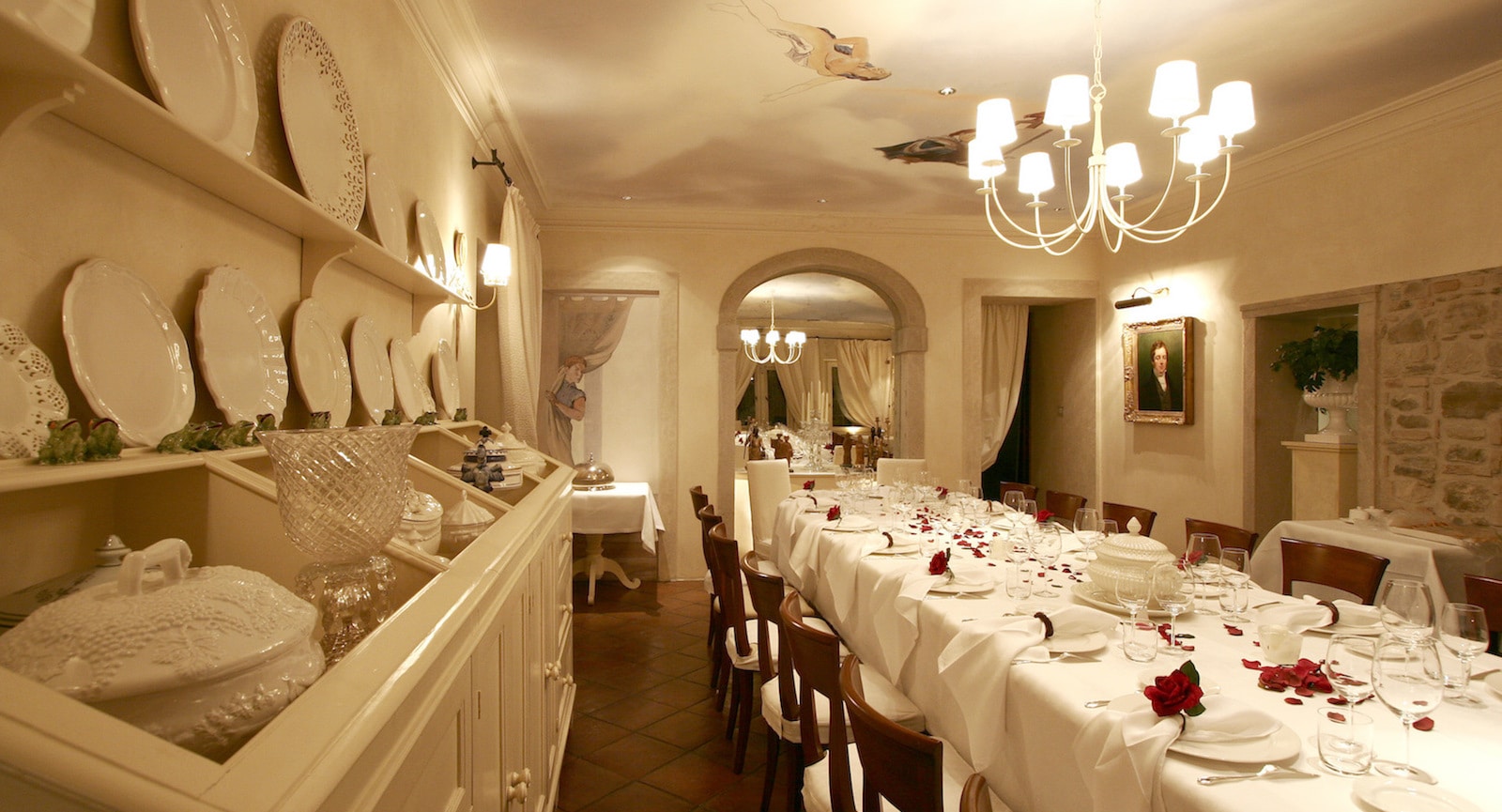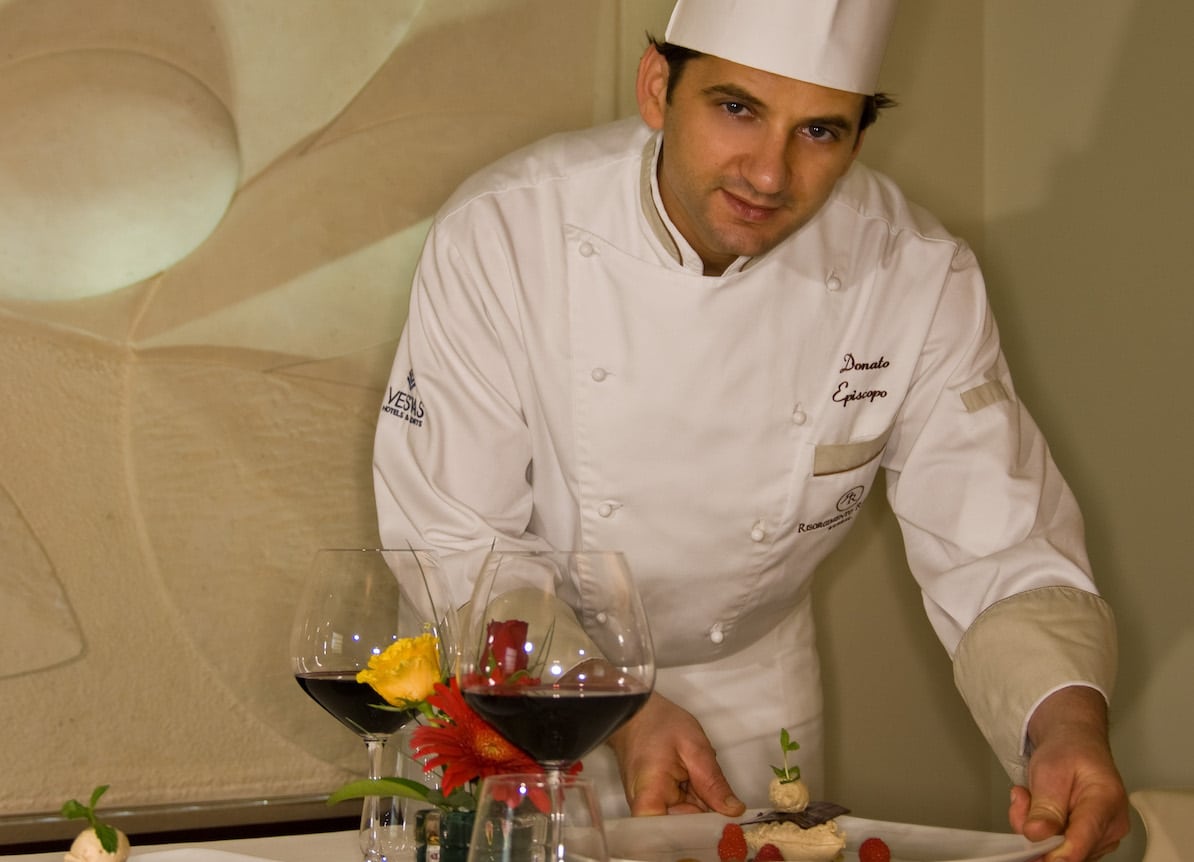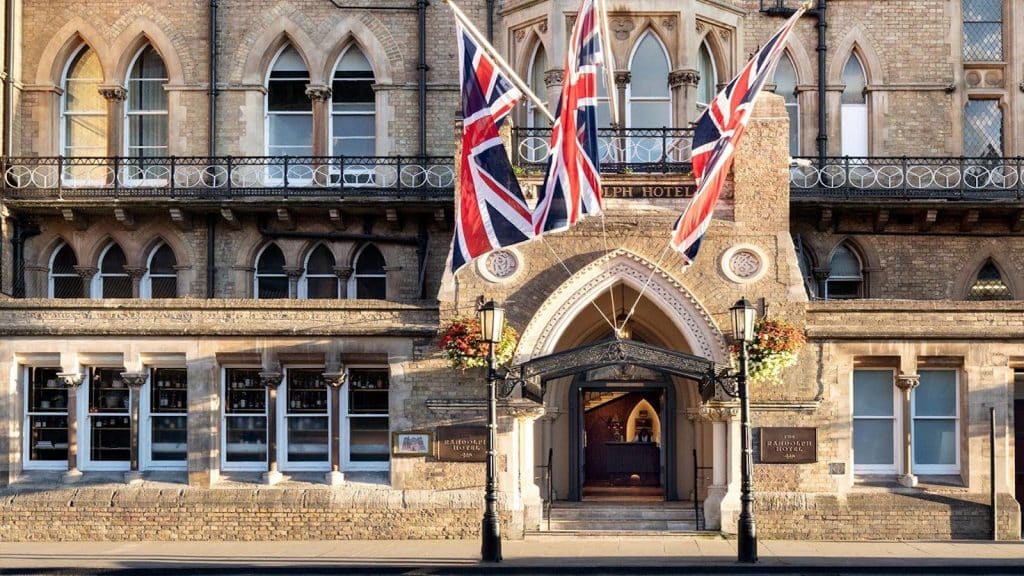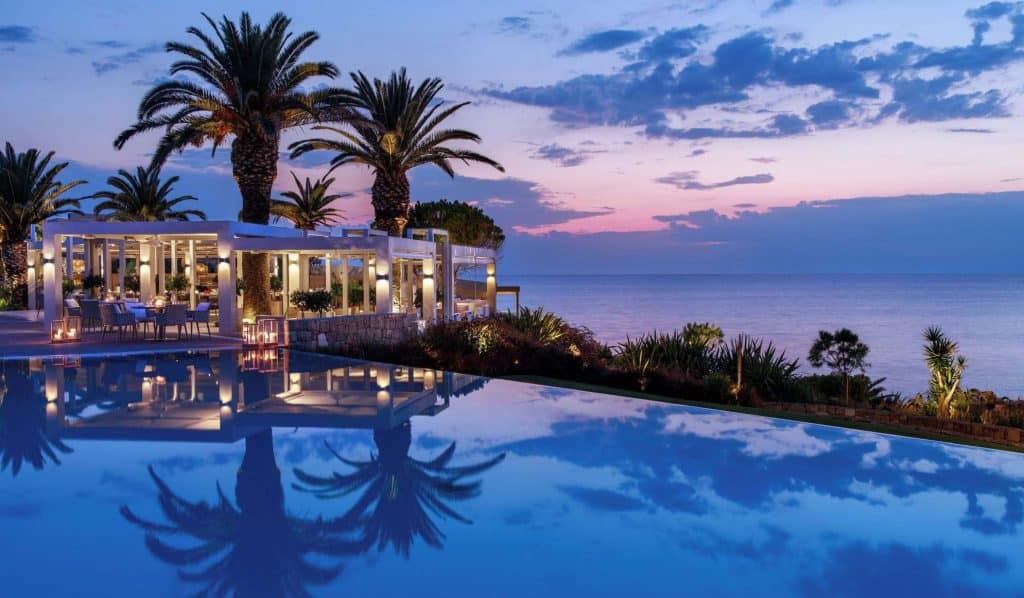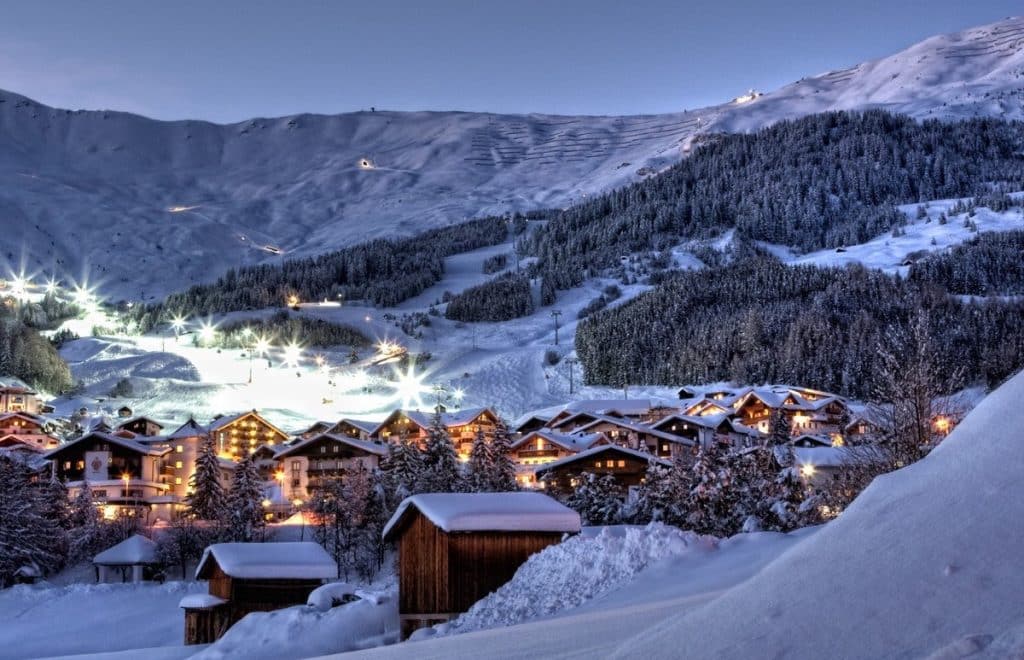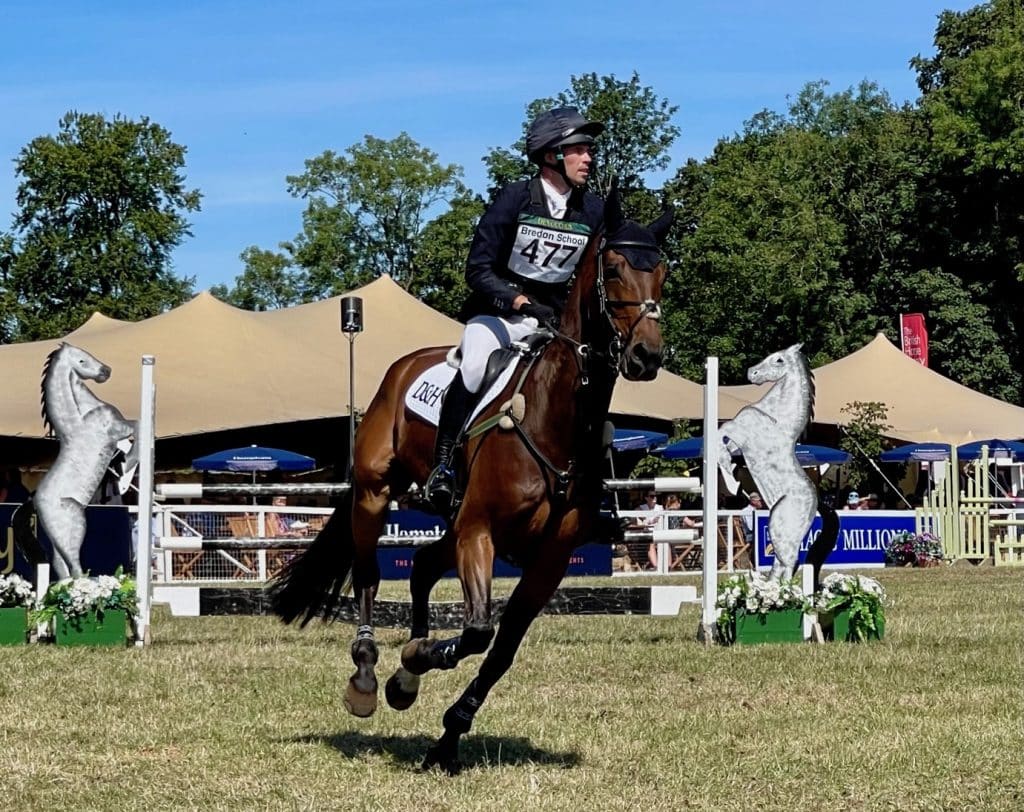The rolling Alpine foothills of Veneto have long provided refuge for Venetian nobility seeking relief from the searing summer heat. For over a thousand years, members of one of the wealthiest and most influential empires in the world constructed private villas in the hills, and brought a love for culture and the arts still seen in the local towns and villages.
A 12th Century Abbey
One of the prettiest of these villages is Follina, home to the historically important abbazia (abbey) of Santa Maria – a fascinating complex of buildings that date back to the 12th century. The monks that were based here brought woollen weaving to the region and also contributed to the financial stability of the village, which at its peak had nine water powered mills that employed over a thousand people.
Nowadays, alongside the Venetians and monks are visitors from farther afield. Follina is a destination in its own right as well as providing a picturesque stop off en route to the Dolomites, or a waypoint on the renowned food and wine itinerary that is the La Strada del Prosecco (the Prosecco Road – see our post here).
Best in the Region
The Hotel Villa Abbazia is the pre-eminent hotel in the local area with a great location right across the road from the arched entry to the Abbey – the clanging bells adding authentic medieval charm as they echo around the narrow cobbled streets and through the delightful gardens of the Villa. These gardens, even on the cool winters day when we visited, were abundantly green and dotted with flowers – they must surely be magnificent in summer.
Glorious Excess
The motto of the hotel itself is undoubtedly ‘more is more’ – every part a visual smorgasbord. The main building is divided variously in to a bustling local style bistro, a classic English-style Tea room and a lavish, many-roomed, michelin-starred restaurant. There is everything from rustic styling to baroque excess – every space on the floors and walls, and some case ceilings, seem to be occupied with ornate and colourful decor or collections of antiques or artefacts. Even two giant buddhas flank an entrance to prove that geography is no barrier to the Villa’s broad design ethic.
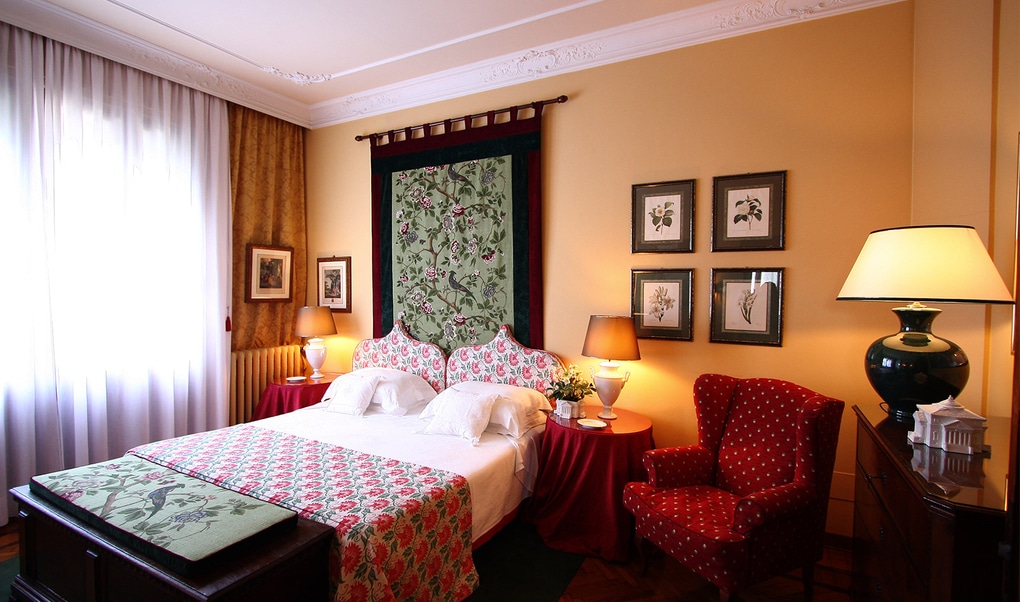
An Art Nouveau Villa
The accommodations are spread between the main building which has twelve rooms and a fabulous art nouveau villa surrounded by gardens, which has another eight spacious rooms and suites. Each is unique and, as with the public areas, there is no holding back on the extravagant decor. Even if this can sometimes be somewhat over the top, on the whole it works remarkably well – a glorious statement reflecting the glamour and excess of the Venetian era.
A Michelin Star
If the hotel is spectacular, the central focus is nevertheless firmly on the dining. Whilst the Bistro La Cantinetta has excellent traditional and local fare and the la Sala da Tè wonderful freshly baked pastries, it is the La Corte restaurant that undoubtedly enjoys pride of place. A Michelin star testifies to the quality of a kitchen where huge care is taken in sourcing local, often organic and seasonal produce of the highest standard.
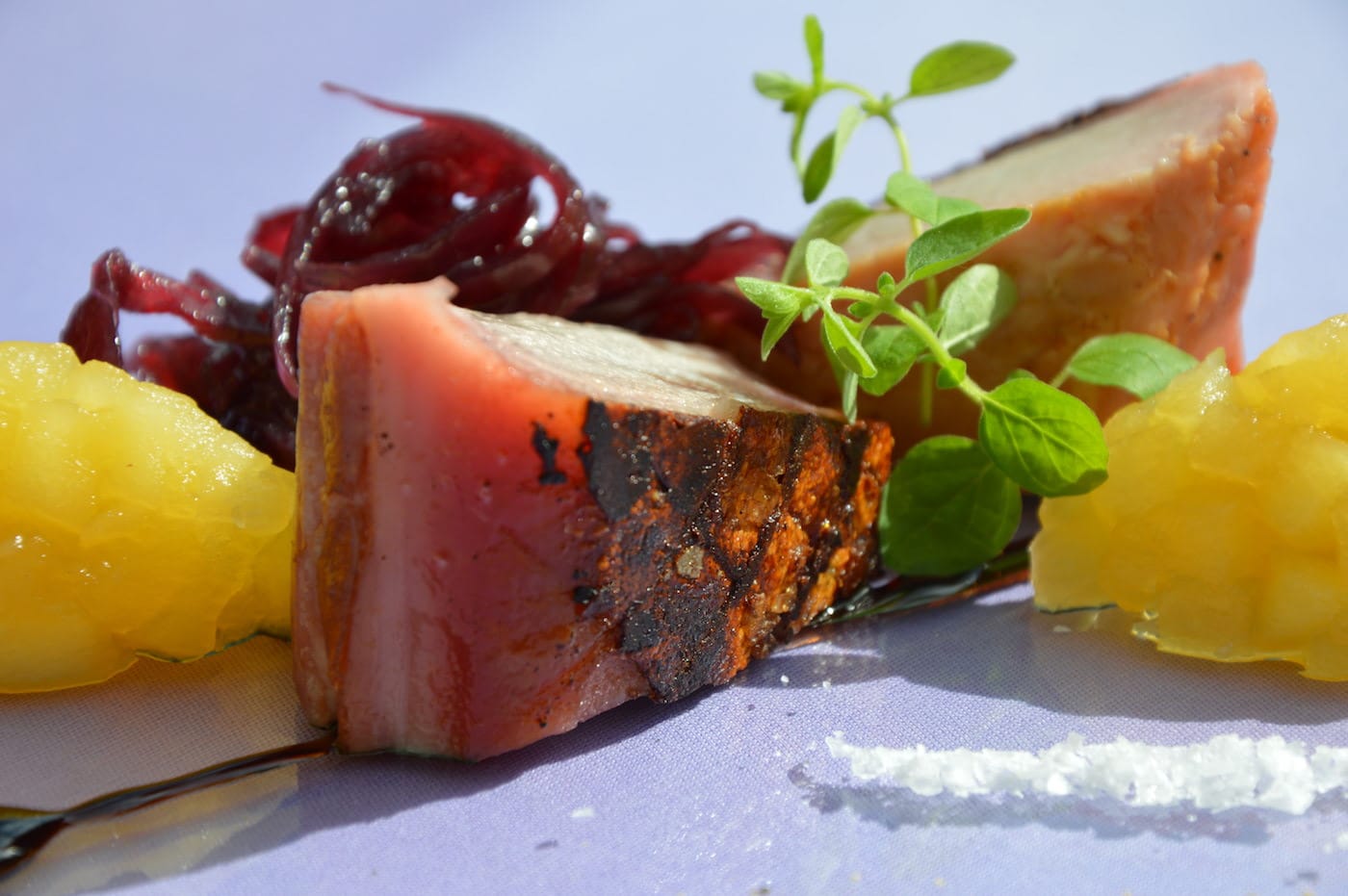
Convivial owner Giovanni Zanon is always on hand to help you select the best of the fine Veneto wines and local Prosecco to accompany the best that head chef Donato Episcopo and his team has to offer – and that is very good indeed.
A trip to the Veneto should always be about Italian hospitality as well as the scenery and culture. We can’t think of many better places to enjoy the best of all worlds.
For more information visit www.dolomitemountains.com
CELLOPHANELAND* were guests of Dolomite Mountains who arrange a wide variety of bespoke tours within Veneto and the Dolomites.
See our other posts about the local area;
Strada di Prosecco – The Prosecco Road
Hotel Cortina, Cortina d’Ampezzo




